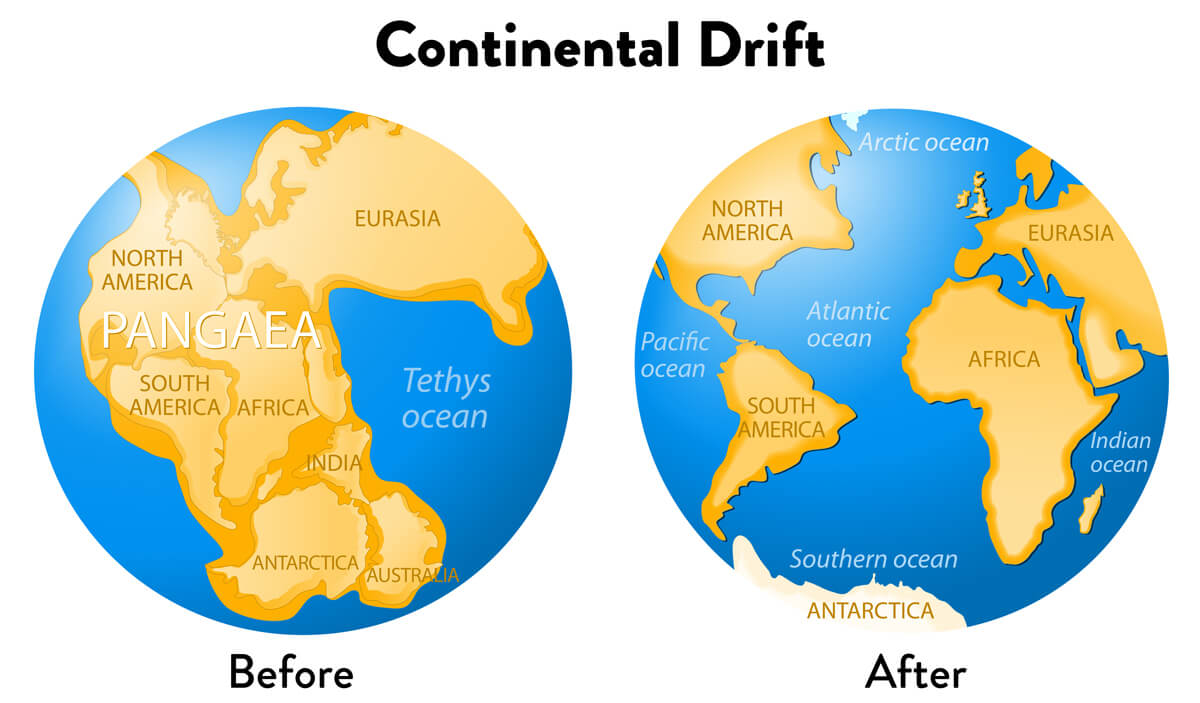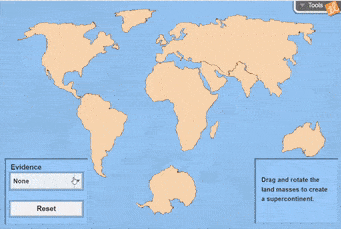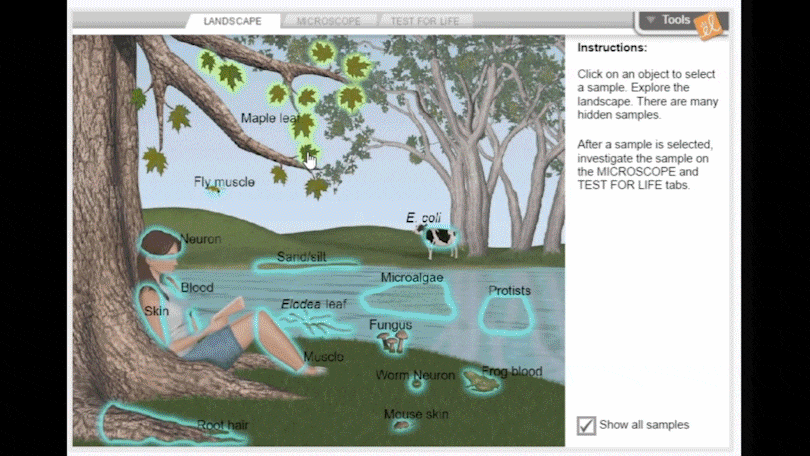
Millions of years ago, Earth didn’t have seven continents. There was one giant continent called Pangaea. What was Pangaea? It was a supercontinent, incorporating almost all of Earth’s land masses. A single ocean called Panthalassa surrounded Pangaea.
German meteorologist and geophysicist Alfred Wegener proposed the concept of Pangaea and the idea of moving continents, calledcontinental drift. This idea led to the modern theory ofplate tectonics, when movements happen on top of an underlying mantle within the planet made of flowing, hot lava.

Using Online Simulations to Teach Students About Pangaea
Virtual simulations likeExploreLearning Gizmosallow students to create their own versions of Pangaea by fitting together Earth’s puzzle-like pieces. Virtual labs and simulations enable students to experiment and draw conclusions about topics that would not be possible otherwise, such as Pangaea and plate tectonics. Online simulations, such as theBuilding Pangaea Gizmo, save time and reduce materials, too.
Teaching Pangaea Gizmo
Every Gizmo, including theBuilding Pangaea Gizmo规划材料课老师指导s, vocabulary sheets, and student worksheets. Withresourcesfor grades 3-12, it is the perfect online simulation for teaching Pangaea.

Through activities in Gizmos, students learn the names of significant landmasses and analyze the theory of continental drift. They can fit the landmasses together like a puzzle to form an ancient supercontinent called Pangaea, using several types of evidence, including fossils, rocks, and glaciers, to revise their model of Pangaea.
Are you ready to teach Pangaea with your students? Here’s the Gizmo you’re looking for.


Not a subscriber yet? No problem! Just take a trial and discover the power of online simulations for yourself.
Take a TrialPass it on!